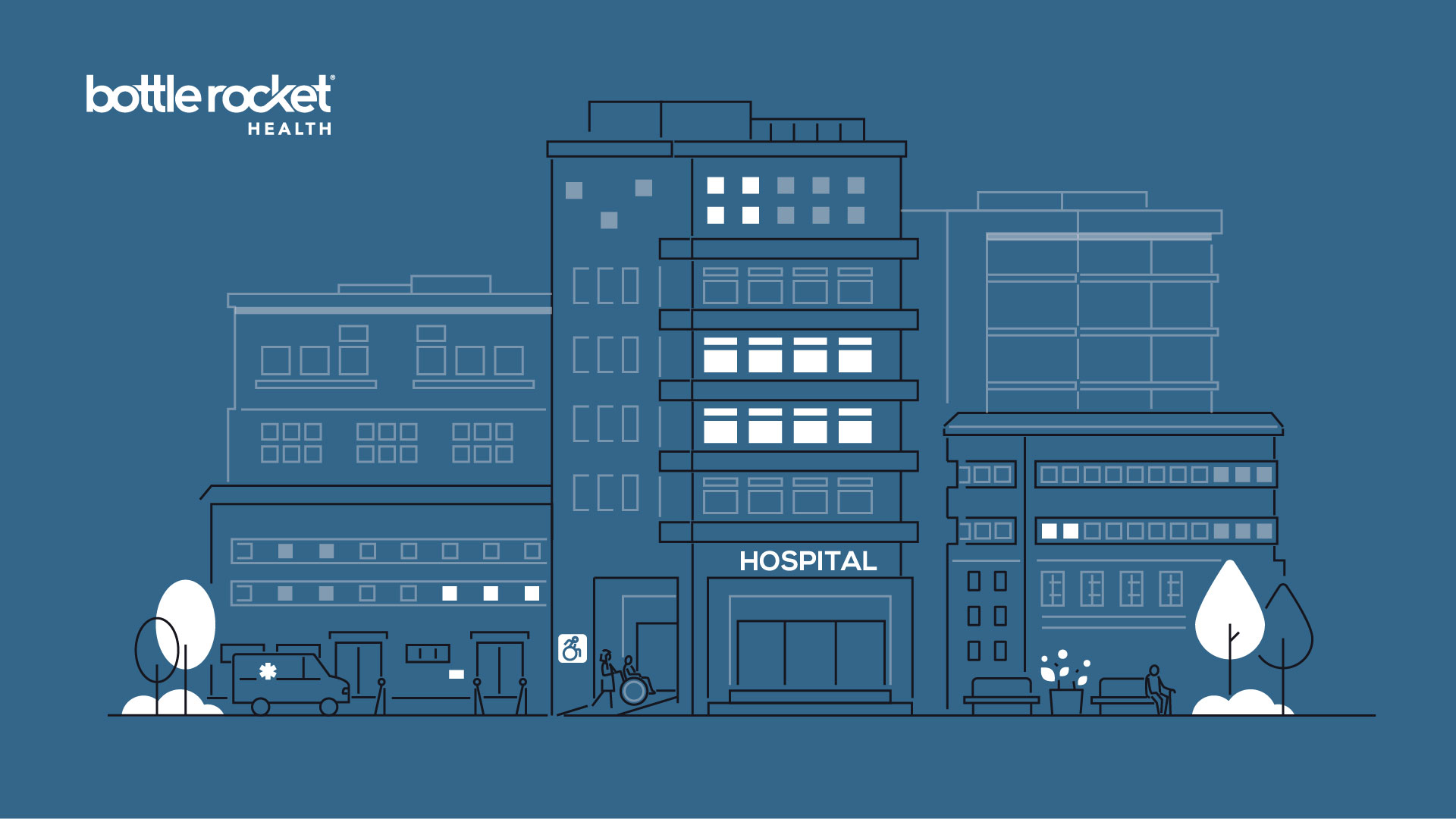Published by
A guide to create a comprehensive and effective digital ecosystem that will drive growth while enhancing the patient experience
Today’s healthcare organizations run and manage a multifaceted digital ecosystem. While HealthTech plays a big part of their platforms, most are also businesses and organizations requiring the fusion and integration of MarTech, FinTech, and Communication platforms.
This healthcare technology radar is a comprehensive digital ecosystem designed to support the complex operations of modern healthcare organizations. It is a multi-layered technology framework that integrates various systems and platforms to create a cohesive digital infrastructure for healthcare operations.
The radar consists of four (4) quadrants and 16 interconnected components, each addressing crucial aspects of healthcare delivery, administration, and patient care. It encompasses everything from core medical functions to administrative processes and external communications.
By integrating these diverse components, healthcare organizations can deliver more efficient, effective, and patient-centered care while navigating the complex landscape of modern healthcare.
The Healthcare Technology Stack
 Analytics
Analytics
Insights
Represents tools for analyzing healthcare data and deriving actionable insights. It includes business intelligence, predictive analytics, and population health management. Real-time analytics, machine learning for personalized medicine, and natural language processing for unstructured data are key trends.
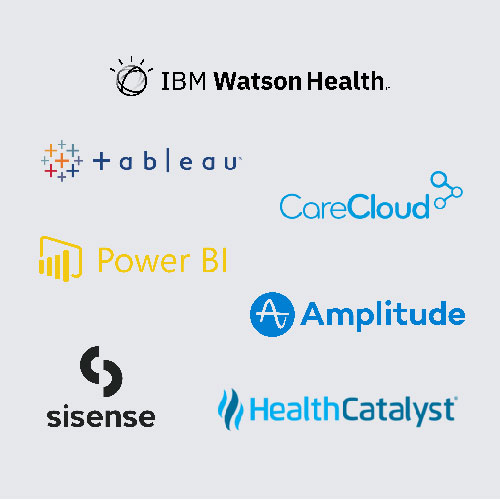
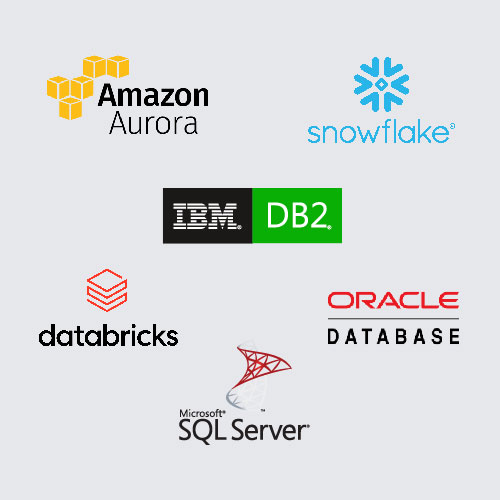
Data Storage & Management
Represents systems for storing, organizing, and managing healthcare data. It includes data warehousing, data governance, and backup and recovery. Cloud data lakes, edge computing for IoT data, and AI-powered data quality management are key trends.
 Communication
Communication
Patient Communication
Represents platforms for engaging and communicating with patients. It includes patient portals, secure messaging, and appointment reminders. Chatbots, mobile apps, and integration with wearables and IoT devices are key trends.
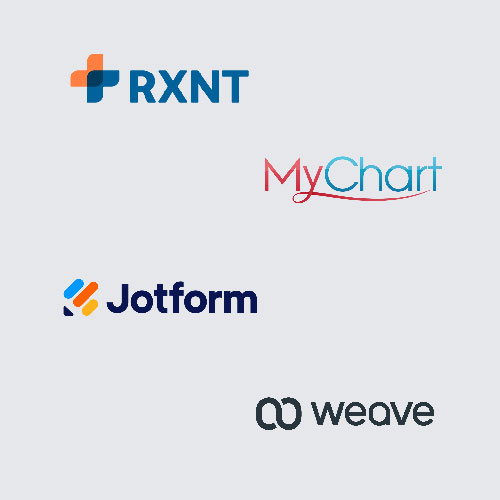
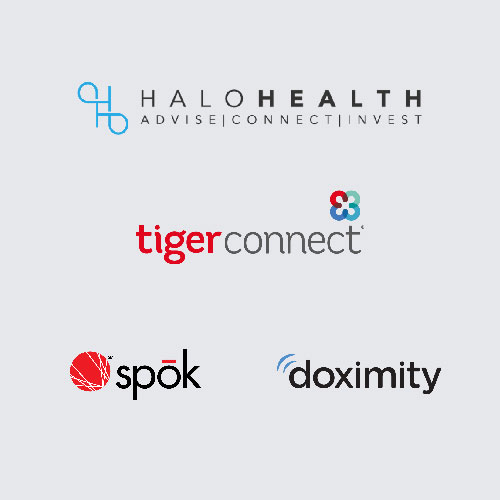
Provider Communication
Represents tools for communication and collaboration among healthcare physicians and clinicians. It includes secure messaging, care team coordination, and referral management. Mobile-first platforms, integration with EHRs, and AI-assisted clinical communication are key trends.
Payor Communication
Represents systems for interacting with insurance companies and other payors. It includes eligibility verification, prior authorization, and claims submission. Real-time adjudication, AI for claims processing, and value-based care enablement are key trends.
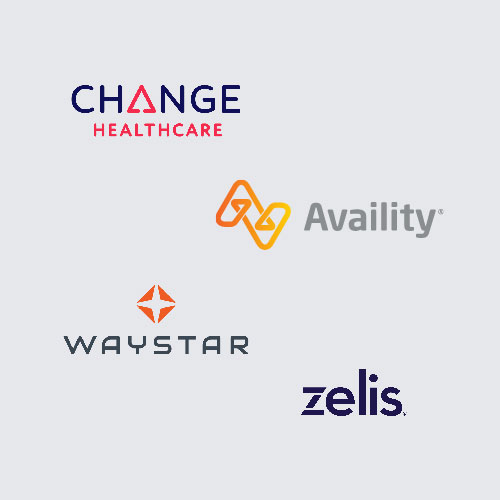
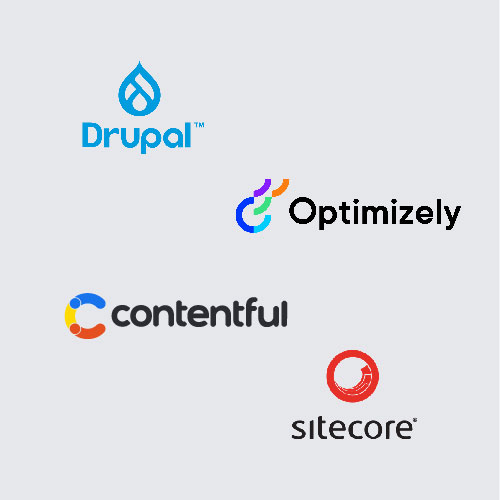
Content Management
Represent systems enabling organizations to efficiently create, organize, and distribute digital content across channels. It includes content taxonomy, editing, personalization, targeting, workflow, and security. Microservices, API-first, cloud-based, headless, and interoperability are key trends.
CRM & Marketing
Represents systems for managing patient relationships and marketing efforts. It includes patient segmentation, campaign management, and lead tracking. Personalized patient journeys, omnichannel marketing, and AI-powered patient insights are key trends.
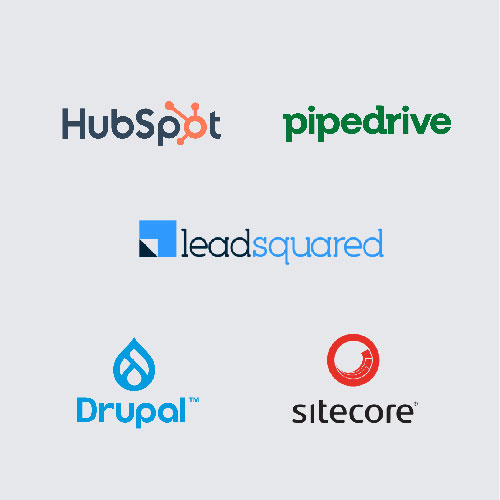
 Health Records
Health Records
Interoperability
Represents solutions for seamless data exchange between different healthcare IT systems. It includes data mapping, API management, health information exchange, and standards like FHIR and openEHR. FHIR adoption, blockchain for data integrity, national interoperability initiatives, and semantic interoperability are key trends.
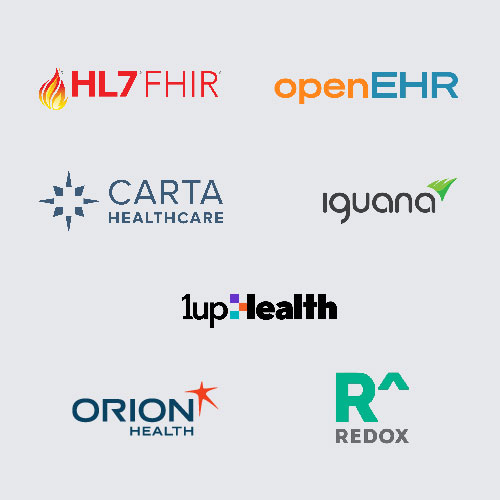
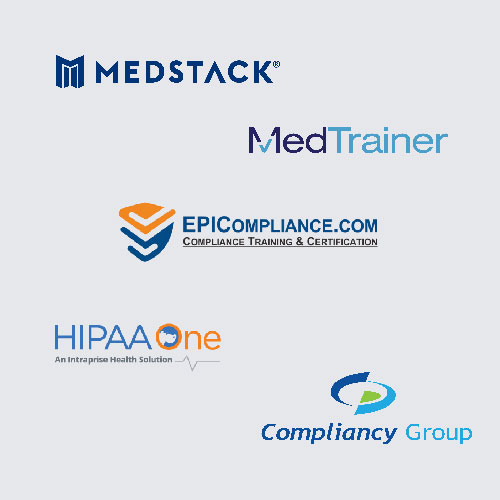
Compliance & Security
Represents tools for ensuring regulatory compliance and protecting health information. It includes access control, audit logging, encryption, and HIPAA compliance. AI-powered threat detection, zero trust security models, and automated compliance reporting are key trends.
Medical Records
Represents systems for storing and managing patient health information. Electronic Health Records (EHR), Electronic Medical Records (EMR), clinical documentation, and order entry. AI-assisted documentation, voice recognition, and translations are key trends.
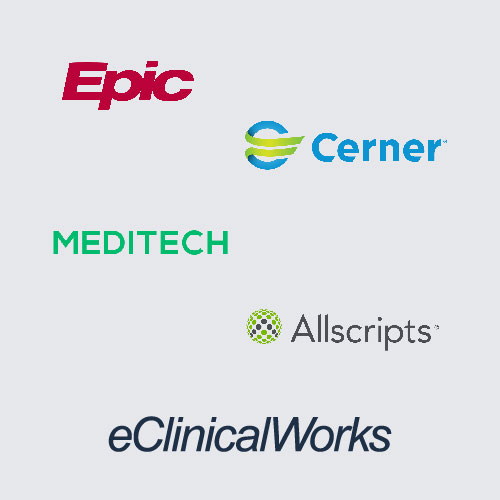
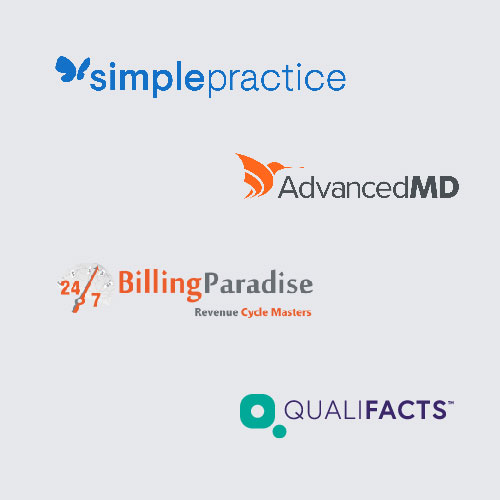
Registration & Scheduling
Represents tools for patient registration and appointment management. It includes patient demographics, appointment booking, waitlist management, and check-in. Self-service portals, AI-powered scheduling optimization, and integration with telehealth are key trends.
Billing & Payment
Represents systems for managing healthcare revenue cycle. It includes claims processing, payment posting, and denial management. AI for claim prediction, blockchain for payment integrity, and patient financial engagement tools are key trends.
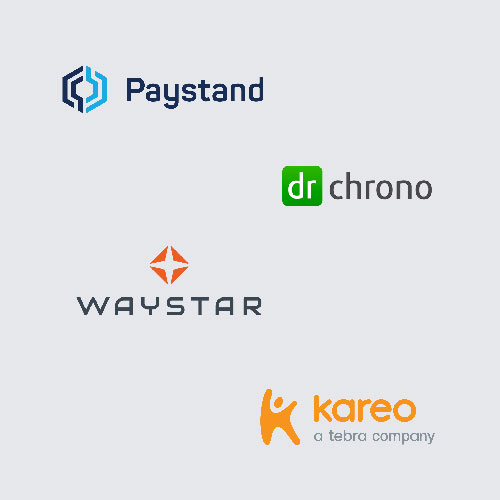
 Operation
Operation
Staff & Resource Management
Represents systems for managing healthcare workforce and assets. It includes scheduling, credentialing, and inventory management. AI-powered workforce optimization, mobile-first platforms, and predictive staffing are key trends.
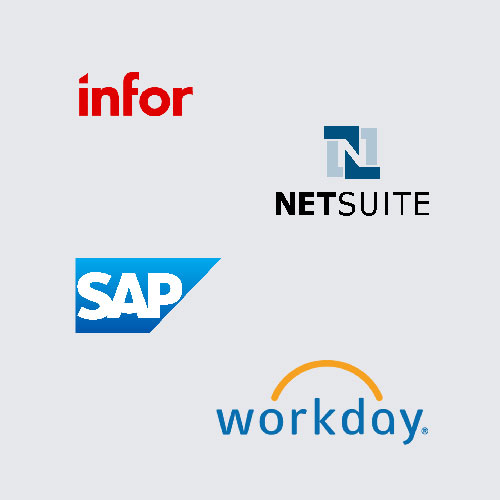
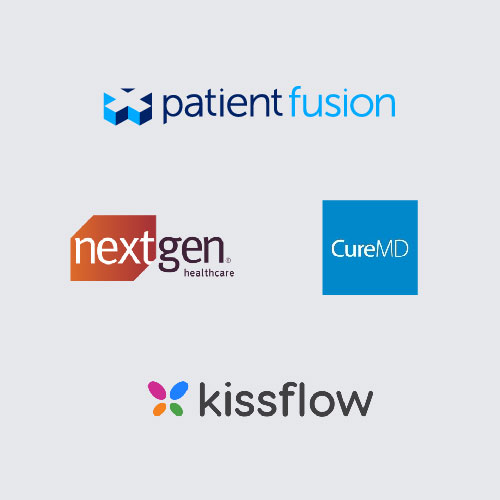
Workflow Management
Represents tools for orchestrating and optimizing clinical and administrative processes. It includes task assignment, process automation, and alerts and notifications. Robotic Process Automation (RPA), AI-assisted workflow optimization, and low-code platforms are key trends.
Financial Management
Represents systems for managing the organization’s financial operations. It includes general ledger, accounts payable/receivable, and budgeting. Predictive financial modeling, blockchain for transactions, and real-time financial analytics are key trends.
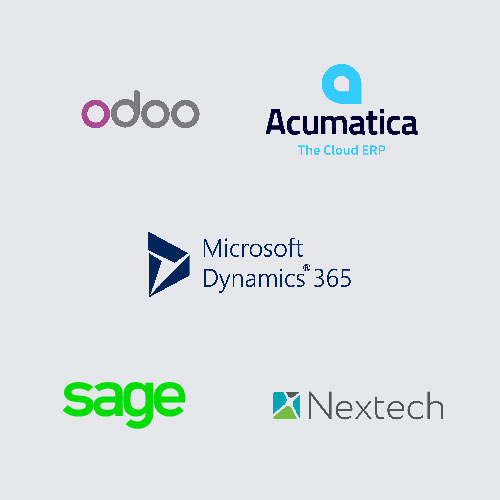
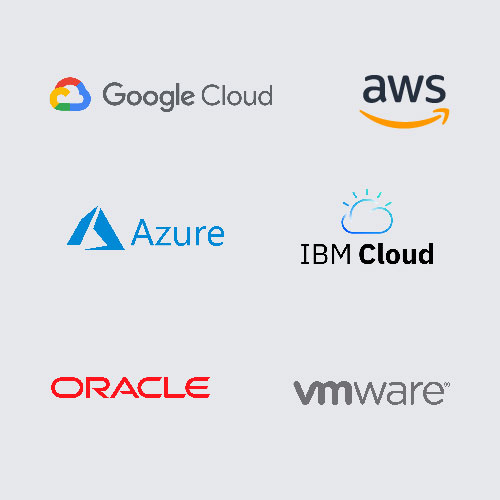
Infrastructure
Represents the foundational technology components that support all other systems. It includes servers, networks, cloud services, and data centers. Cloud migration, edge computing, and software-defined networking are key trends.
Learnings & Watch outs!
- Operations: Operational efficiency is crucial for healthcare organizations to deliver high-quality care while managing costs. Healthcare organizations should focus on implementing integrated systems that streamline workflows, automate routine tasks, and provide real-time visibility into resource allocation. Look for solutions that offer AI-driven resource management, integrated financial management systems, workflow automation tools that reduce manual processes, real-time dashboards for operational metrics. By optimizing operations, healthcare providers can reduce wait times, improve staff satisfaction, lower costs, and ultimately enhance patient care quality.
- Medical Records: Comprehensive, accessible, and secure electronic health records are the backbone of modern healthcare delivery. Organizations should prioritize EHR systems that offer interoperability with other systems and healthcare partners, user-friendly interfaces to reduce clinician burnout, built-in clinical decision support tools, robust data security and privacy features, support for emerging standards like FHIR. An effective medical records system not only improves patient care by providing a complete health history but also supports population health initiatives, research, and the transition to value-based care models.
- Communication: Seamless communication among all stakeholders is essential for coordinated care and patient engagement. Healthcare organizations should implement a multi-faceted communication strategy that includes patient portals and mobile apps for patient engagement, secure messaging systems for provider-to-provider communication, integrated systems for smooth payor and partner interactions, omnichannel platforms that support various communication methods (text, voice, video), and modern content management system (CMS) that supports multi-channel publishing, personalization, and integration. Effective communication reduces errors, improves patient satisfaction, enhances care coordination, and can lead to better health outcomes.
- Analytics: Data-driven insights are critical for improving clinical outcomes, operational efficiency, and financial performance. Invest in advanced analytics capabilities, including predictive analytics for population health management, real-time analytics for operational decision-making, AI and machine learning for personalized medicine, natural language processing for unstructured data analysis, and robust data governance and quality management. By leveraging analytics, healthcare organizations can identify trends, predict outcomes, personalize treatments, and make informed decisions that improve both patient care and organizational performance.
Overall, healthcare organizations should aim for an integrated technology stack where these layers work seamlessly together. The goal is to create a digital ecosystem that supports high-quality, efficient, patient-centered care while adapting to the evolving healthcare landscape. Regular assessment and updating of these systems are crucial to stay competitive and provide the best possible care in an increasingly digital healthcare environment.
View and download the full infographic!

